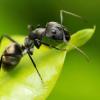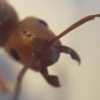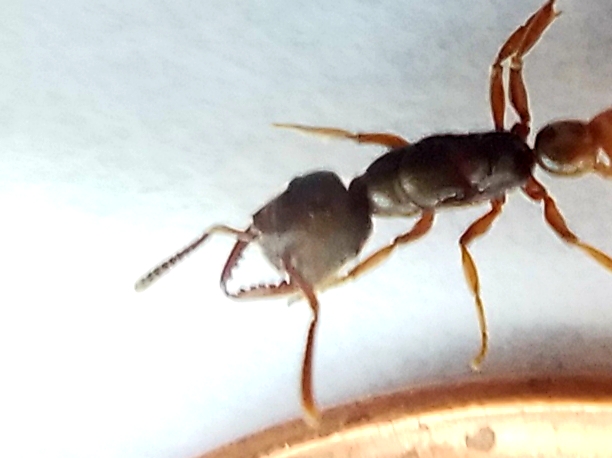I rolled over a large (24" diamater) old pine log today and found a huge colony of these ants living underneath the bottom bark. Many hundreds of workers as well as vast numbers, possibly >1,000, larvae and pupae. I carefully placed the log back and place and sincerely hope that colony recovers well from the disturbance.
They key out on my end to Stigmatomma oregonense but I want to see what others think. I would love to get a colony of these going but I see limited information about their care. If anyone has a link or lead on care please share. Thanks!
Collection specifics:
Date: 6-2-19
Location: Oak woodland
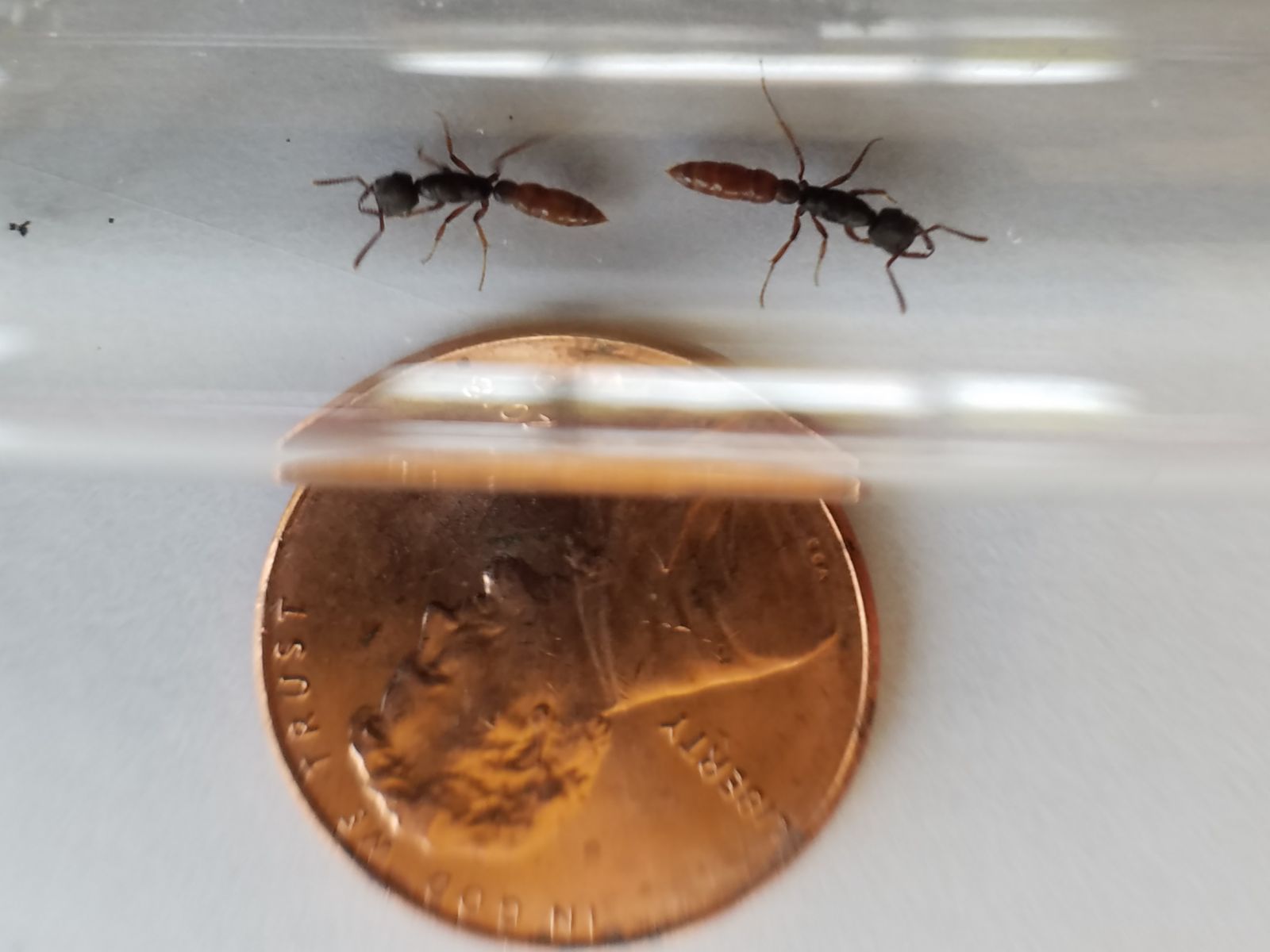
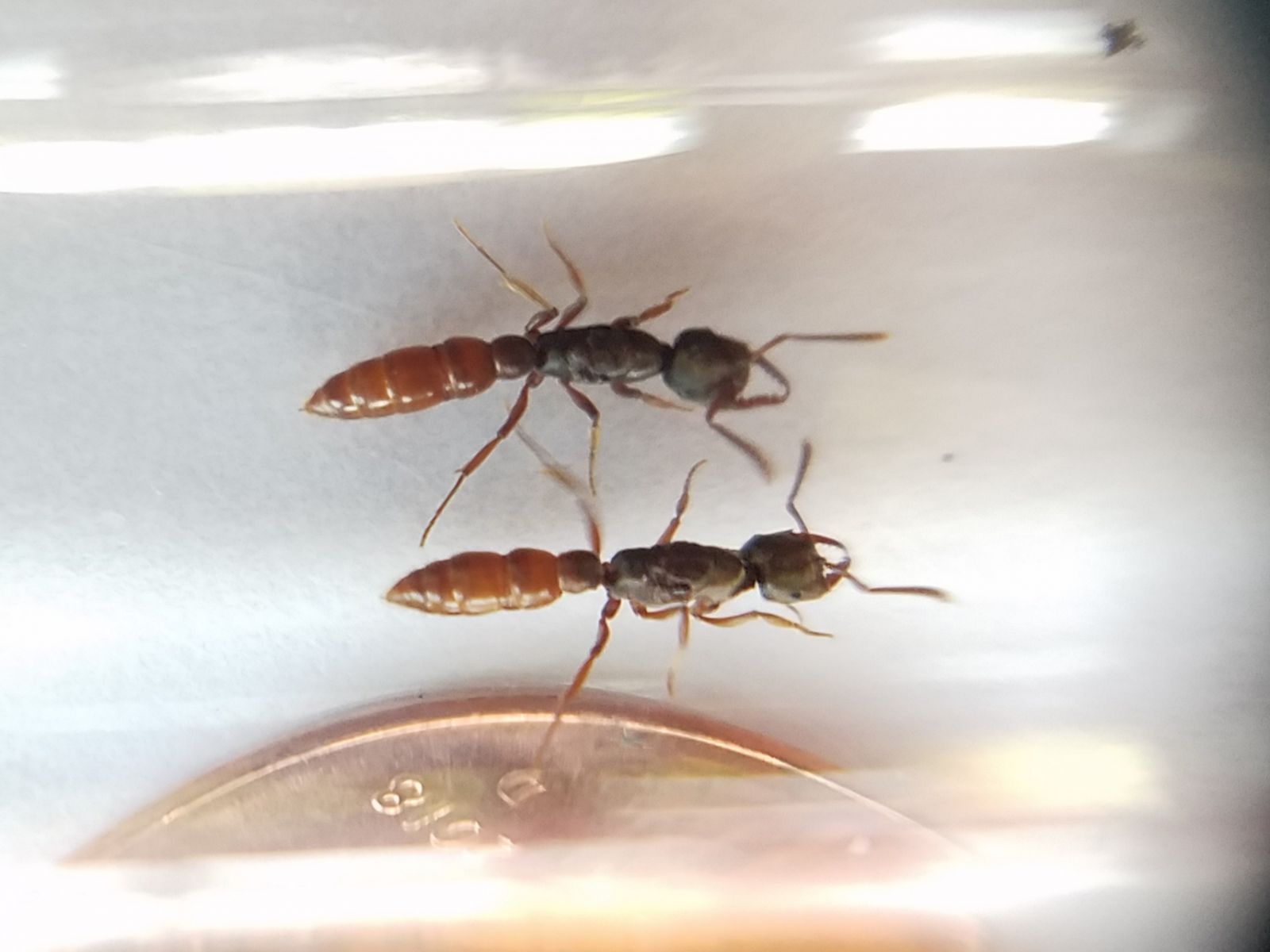
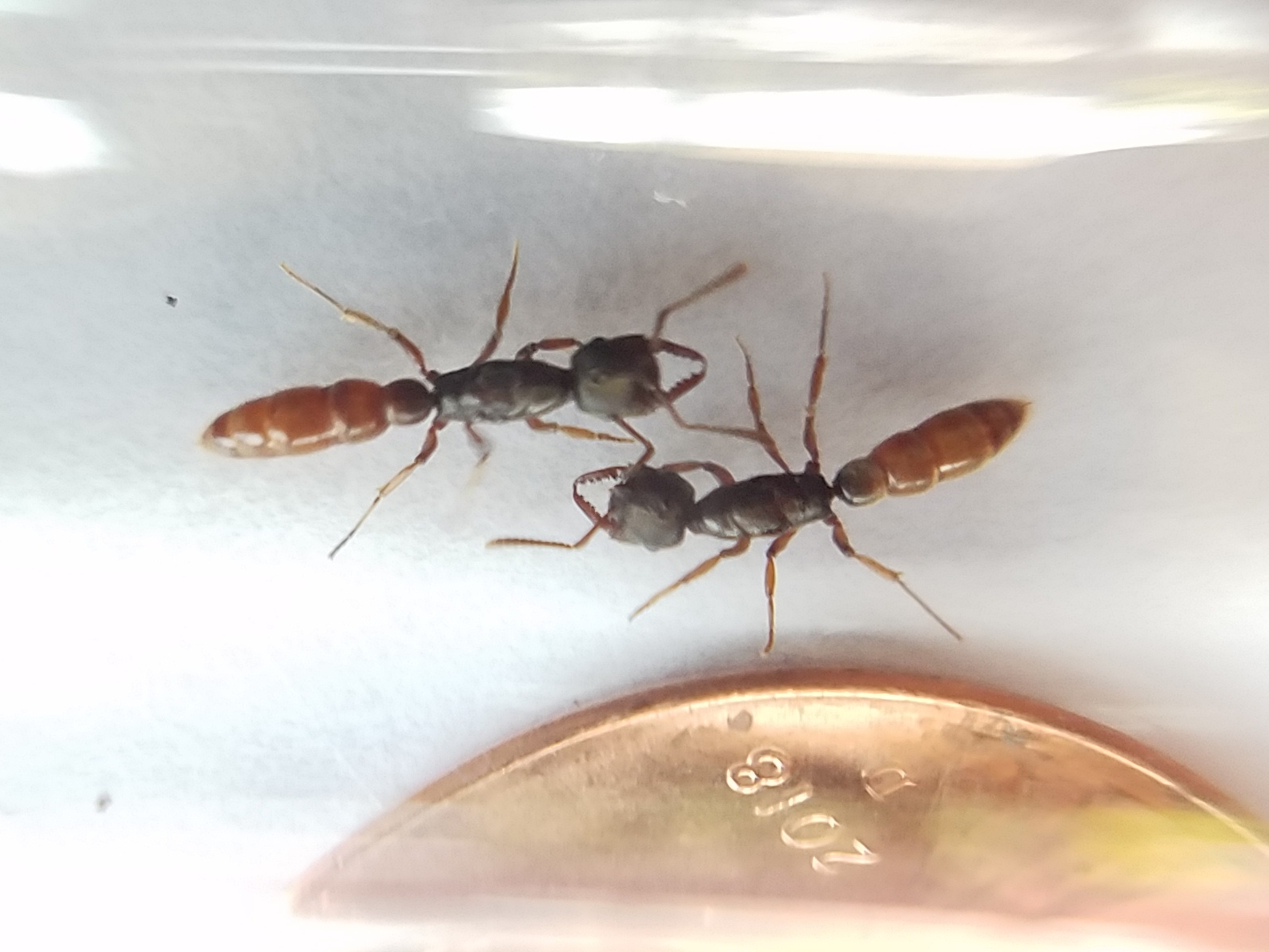
Edited by mike.omeg, June 2 2019 - 11:48 AM.







